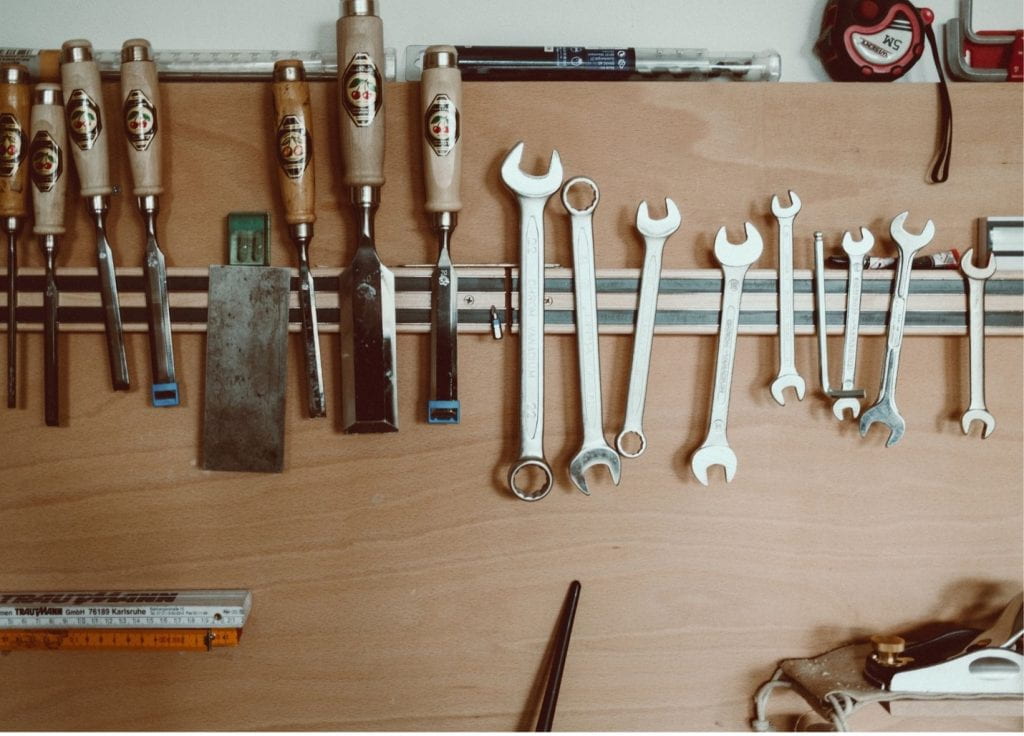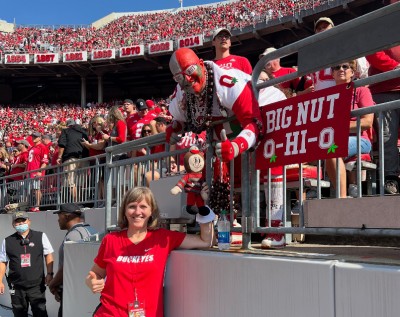 As a cost cutting measure, I made the decision to eliminate Slack. It seemed like Microsoft Teams had the same functionality and I was hearing from several people that we had too many tools and needed to simplify. After making the decision, there was a groundswell of concern from the teams that were using Slack.
As a cost cutting measure, I made the decision to eliminate Slack. It seemed like Microsoft Teams had the same functionality and I was hearing from several people that we had too many tools and needed to simplify. After making the decision, there was a groundswell of concern from the teams that were using Slack.
After hearing the concern, I turned to my culture committee. This is a group of thought leaders from across the organization that I have been meeting with weekly. They have been helping to shape our culture and I know them very well and trust them explicitly. Every single one of the committee members expressed why they thought my decision was a poor one and how the tool was helping coordination and communication across teams. Based on that discussion, I reversed my decision.
After talking about my decision and subsequent reversal at our all staff meeting, I got the following email from Michele Schinzel, which I am sharing with permission.
===========================
Hi Cindy,
First off, thanks for hosting the All Staff meetings, which allow us to talk together, and voice as much (or little) as we wish.
Hearing that there were discussions to do away with Slack, I wanted to give another cheer of support for the product. So, for what it’s worth, I thought I’d share my Slack story with you.
I joined Slack on January 10, 2019. Immediately, I received a silly animated gif from someone, welcoming me. Rolling my eyes I thought, “Just what I don’t need. A Facebook for work!” Many months later…. I still felt that way. I did not see the benefit, and it seemed like another thing to have to remember to keep up with.
Time rolled on. The channels became organized, and more people joined. My team made a group to use for communication. I checked in to see what was new on the “Random” channel. Then I found myself wanting to see a new article, or a picture, or a quiz. Gradually, other benefits became evident. Such as….
-
- Some teams built workflows into their channels. These Slack workflows allow for quick requests of a team, with clear communication throughout. The Portal team, for example, has a short form we can fill out when we need them to move code from DEV to the PRE portal. I can see every request by anyone. Fantastic!
- Throughout the COVID experience, I’ve been reading the Helpdesk Slack channel. They post questions and solutions quite regularly. There are useful stats and notifications when calls are higher than usual on a certain service. Impressive.
- Recently, when a certain database went down, several groups chimed in on the DBA Slack channel to confirm the finding. It was addressed. Now that we’ve had the correspondence, the history is all searchable. A quick search showed a similar conversation just one week prior. Hmmm.
- I’m learning a little about teammates that I never had a reason to meet.
MS Teams has its use. I’m a member of 20 teams in Teams, and many of those Teams contain sub-channels. When I want to work on a project, I look at Teams. I don’t usually seek out updates, and I tend to only post information following a meeting. The good part is, it’s all in one place, and we can tag one another with tasks.
In the end, my view is that Slack stands out as a collaborative communication tool, and Teams is a project organizer. Could our favorite Slacky features be fit into Teams? Maybe.
Slack seemed like a ‘Facebook for Work’, but silly gifs aside, it keeps us connected in a fun interactive way that we are naturally drawn to. I WAS a doubter of Slack at first, but now I love it. I wouldn’t have written this otherwise.
Thanks.
-Michele
Michele Schinzel | Assistant Director Systems | Banner Document Management | Temple University
==========================
When I received Michele’s email, it confirmed to me that the reversal of the decision was the right thing to do. However, it made me pause to reflect on why I didn’t reach out for feedback before making the original decision. There were several reasons why I didn’t.
-
- The decision was made in a budgeting meeting with the upper management team under extreme pressure to cut our budget.
- I had gotten feedback at our all staff meeting that we had too many communication tools and should reduce the number.
- I had a bias against Slack because the couple of times I attempted to use it, I found little value and had stopped using it.
The bottom line is that as a leader, every decision you make is with partial information. Recognizing that and being open to adjusting decisions when you get more information helps you avoid analysis paralysis on one end of the spectrum and obstinate defense of decisions on the other end.
I am very grateful when individual team members openly share their experiences and concerns with me. Receiving this kind of feedback as a leader is like gold.
A couple of questions to ponder this week:
Is there information that your leaders need from you that could help them make or alter their decisions?
As a leader, how do you react when people give you this kind of feedback?





 As a cost cutting measure, I made the decision to eliminate Slack. It seemed like Microsoft Teams had the same functionality and I was hearing from several people that we had too many tools and needed to simplify. After making the decision, there was a groundswell of concern from the teams that were using Slack.
As a cost cutting measure, I made the decision to eliminate Slack. It seemed like Microsoft Teams had the same functionality and I was hearing from several people that we had too many tools and needed to simplify. After making the decision, there was a groundswell of concern from the teams that were using Slack.  I have been asked to co-lead the strategic planning for the university. This is both exciting and daunting. In trying to get clarity about the assignment, I had my first one-on-one conversation with Temple’s Chairman of the Board, Mitch Morgan. I came away from the conversation filled with hope. I have been playing back the conversation in my mind trying to understand what he did that left me with such positive feelings.
I have been asked to co-lead the strategic planning for the university. This is both exciting and daunting. In trying to get clarity about the assignment, I had my first one-on-one conversation with Temple’s Chairman of the Board, Mitch Morgan. I came away from the conversation filled with hope. I have been playing back the conversation in my mind trying to understand what he did that left me with such positive feelings.

